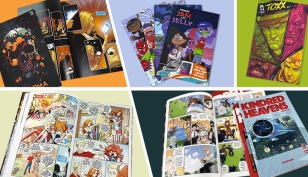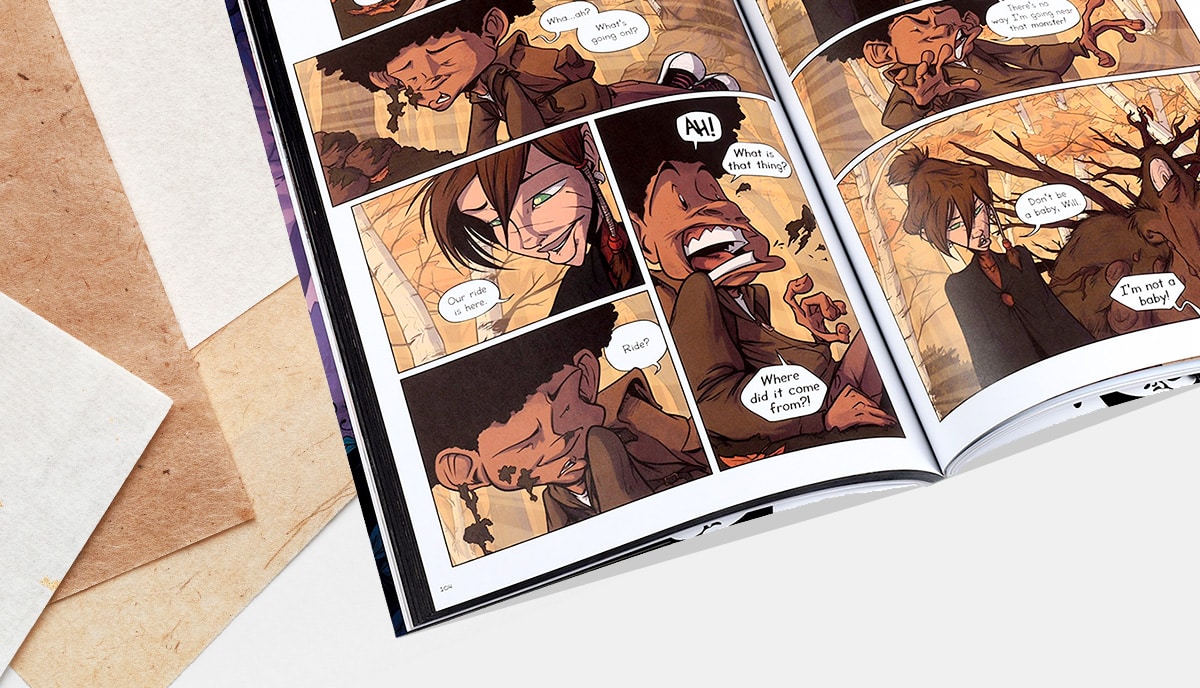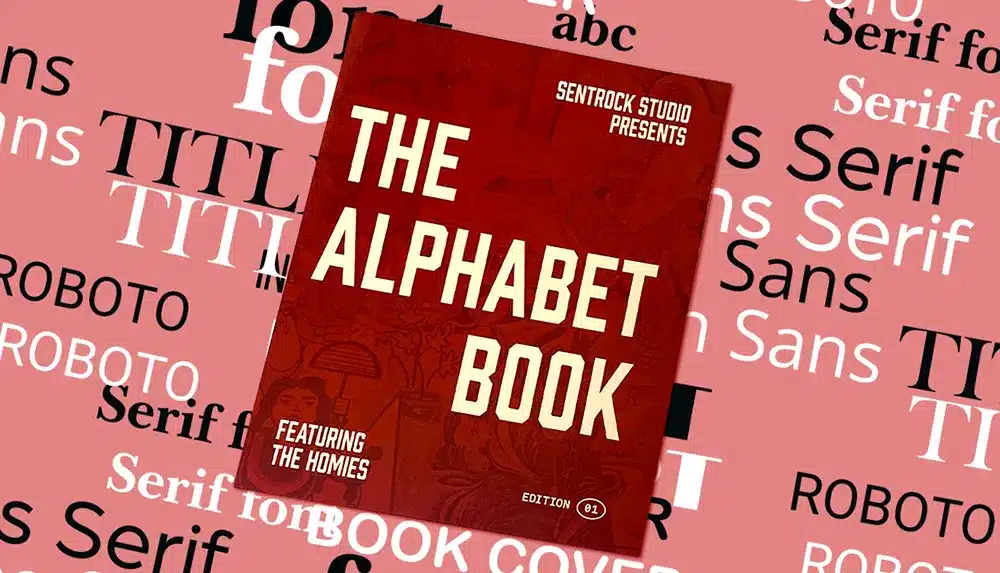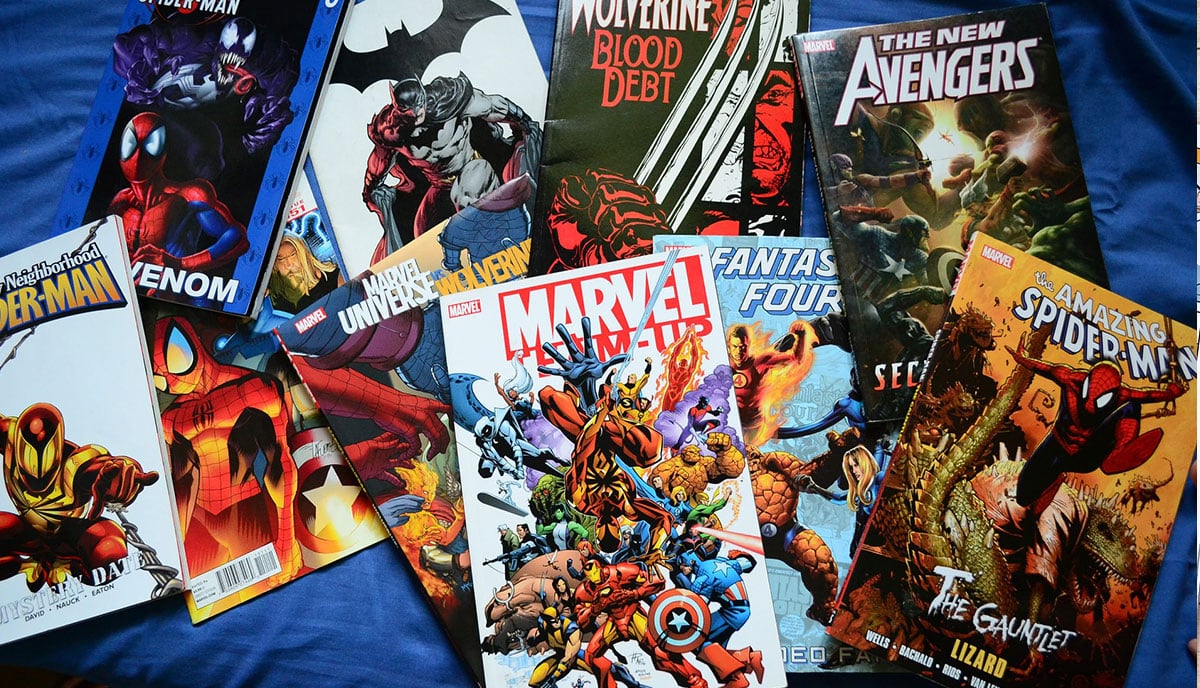We take a dive into the most popular comic book art styles, from the 30s to the present, to help you discover yours
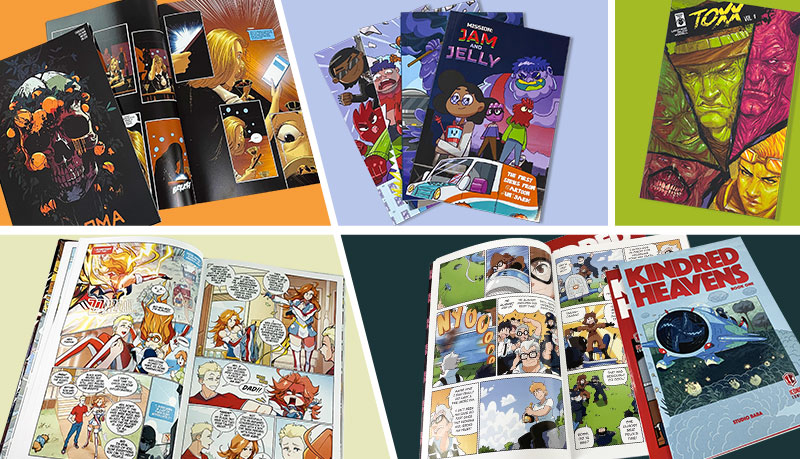
It's impossible in a blog post of this length (ie., long but still readable!) to give a complete account of all the comic book art styles that have ever existed or are still popular today. There are just so many. From classic cartoons for kids to hyperrealism in superhero comics to the moody illustrative techniques common in contemporary graphic novels, the styles in comic design are as wide and diverse as the artists who create them and the stories and characters that the comics dramatize. However, what is possible is to run through a kind of overview, a sort of kaleidoscopic summary of the comic book art styles that have had the most influence on modern works. It'll give you enough of a taste for the genre to let you start experimenting with your own unique approach without becoming overwhelming. But at the same time, if you want to go deeper and do more research, we'll signpost you to some of the best resources that will help you in your ongoing journey. Sound fair? Okay, let's get started.
One thing to bear in mind as you read on, is this: while many of the artists and styles featured here came out of the mainstream publishing stables, over the decades the landscape has changed a lot. These days, while Marvel and DC comics, for example, are still going strong, and several of the titles that were killing it back in the 60s and 70s have vanished from sight, the beating heart of the comic industry is now firmly ensouled in the body of independent and small press creators. And with fewer editorial limitations now than before, there's a very exciting explosion and cross-fertilization of styles going on, especially internationally, that's leading to a new and vibrant community of comic makers and fans, often supported by crowdfunding platforms such as Kickstarter and Indiegogo. If you're interested in exploring those bygone comics and the artwork they contain, many of them have been preserved digitally and are available free online via the Digital Comic Museum and the Internet Archive.
What do we mean by comic book art style?
It might seem like a dumb question, but actually the answer is more complex than you'd think. Fundamentally, a comic book art style refers to any graphic, visual representation of characters, settings, and action in a comic book. So far, so simple, right? But when you then start to examine the vast variety of publications across the decades since comics began (sometime back in the 19th century; exactly when is still a matter of debate) you'll soon see how the use of lines, shapes, colors, and textures that constitute a “comic book art style” range from “stick people” to works that are effectively figurative fine art and not instantly recognizable as “comics” at all.
Why such an enormous diversity in the field of comic art? Well, partly because it's a global phenomenon, so you get influences from traditional and contemporary traditions of illustration, mythology, culture, artistic expression, and stylistic approaches from all over the world. And these days, there's a huge amount of cross-cultural influence going into the melting pot. Also, of all the art forms out there, comic art may be the most instantly accessible to people of all ages, abilities, and walks of life. Compared to novels and other storytelling media, comics are cheaper to buy and the minimal text combined with visual storytelling makes them easy to read even for folks who have been denied a fuller education. In other words, they're the most democratic and universal storytelling form in the modern world. Everyone from young kids to grandparents can enjoy them; and not only that, anyone and everyone can try their hands at comic book art: educated and uneducated; rich and poor; young or old; anyone. All you need is a scrap of paper and pencil to get started.
The art style in a given comic is something very personal to each artist, amateur or professional. It sets the tone and atmosphere of the story they're telling. It has the power to communicate powerful emotions, and express simple plots to deeper, more complex, character-driven narratives. Of course, it's often genre-influenced, too, and may also be guided by the age group for which the comic is intended. Style can range from super-simple outlines to color-rich pages full of realistic detail to almost abstract or hyperreal or even surreal artworks. But a particular art style usually makes the artist instantly recognizable by the look and atmosphere of their work. In this sense, it's also branding, especially for comic book creators who stick to one genre consistently. And that's something worth noting if you aim to become a comic book creator and artist on a commercial level or pursue a concept artist job in the industry. While almost everyone starts out copying and mimicking their favorite artists, sooner or later, you need to develop your own, distinctive and unique “take” on the tradition and genre you're working in.
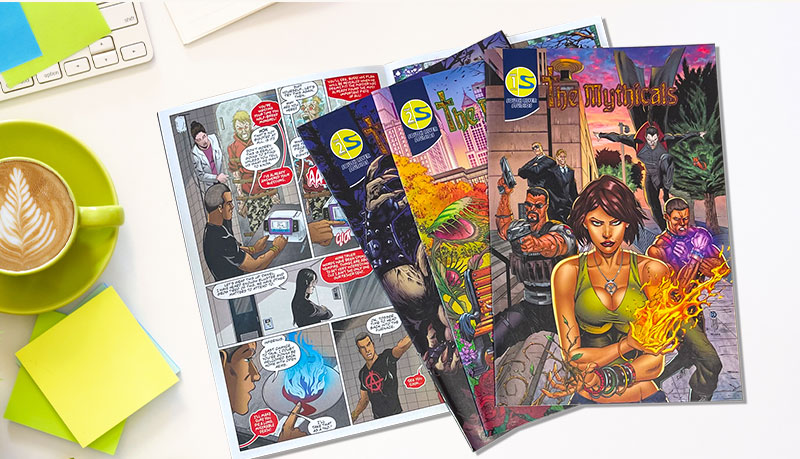
The evolution of comic book art
Like a huge, many-branched tree—or even a forest!—that grows up from a single seed, comic book art styles have come a long way and diversified hugely since their beginnings in the early comic strips of the 19th and early 20th centuries. Stylistically, those early strips featured simple, exaggerated cartoonish characters often portrayed in only short frame series and were often either humorous or satirical in intent. In other words, right from the start, there has always been something essentially subversive about comics and that's a factor which remains. The comic creator community is a “broad church” which embraces and makes space for a gamut of viewpoints and perspectives from American patriotism to punk and underground to LGBTQIA+ and more. In that sense, comic book art styles are so varied also because they are so broadly representative.
As the medium developed, comic artists began experimenting with different techniques and styles, pushing the boundaries of what was previously considered possible or even acceptable. In many ways, early second wave comic book art was to the illustration, literature, and art scene in general what rock ‘n roll, and later punk rock, were to music. The developing comics, with bold, almost “shocking” visual styles and socially challenging, sometimes violent, narratives, became controversial in several quarters and were widely condemned by conservative culture and mainstream publishing alike, even to the point of being banned in some states.
While all this was happening, however, there was another, quieter development, as artists began to explore the possibilities of bringing fine art styles and techniques to the process of narrative storytelling which lifted the genre above and beyond these shocking, pop-art products and into the realm of literary narratives. Ultimately, this has led to the evolution of the so-called “graphic novel” which is a full-length work of fiction, history, or biography told through high-quality artwork, well-crafted dialogue, and fine storytelling which has won it recognition not just as entertainment but as literature. We're still a ways off from seeing a graphic novel on the shortlists for esteemed literary prizes such as the Pulitzer and the International Booker Prize, but it may only be a matter of time. We've been seeing exhibitions of comic book art cropping up in art galleries and museums for some time now, after all, and even university faculties of art, history, and literature, run courses on the study and critique of comic book art styles.
A potted history of comic book art styles
According to The Norman Rockwell Museum, comic book art styles can be divided into eras, each reflecting the culture, concerns, and developments of their place in history. In a nutshell, those eras are:
- Platinum Age: 1897 to 1938
- Golden Age: 1938 to 1956
- Silver Age: 1956 to 1970
- Bronze Age: 1970 to 1985
- Dark Age: 1985 to 1996
- Modern Age: 1996 to the present
During what we often think of as the Golden Age of comics in the 1930s, 1940s, and most of the 1950s, artists like Jack Kirby and Joe Shuster introduced a more dynamic and hyperrealistic art style than anyone had ever seen before, with bold lines and dramatic perspectives that took the artform in a new direction, distancing it from the earlier purely comic or satirical iterations and generating new scope for dramatic storytelling and deeper character development. This era laid the foundation for the superhero genre and set the stage for future artists to develop their own unique styles. Among non-comic readers, the superhero genre is arguably the most widely associated form of comic book art style.
In the 1950s and 1960s, we saw the rise of artists like Steve Ditko—who collaborated often with Stan Lee on the creation of the most iconic characters in the Marvel Universe. Throughout this era, the artist, Jack Davis, who brought a more stylized and expressive approach to his work, raised the bar of artistic credibility to the perception of what was possible with comic book art styles. This era also saw the emergence of manga-inspired art styles, with artists like Osamu Tezuka revolutionizing the visual storytelling techniques used in Japanese comics.
Reflecting a changing political and social landscape in many parts of the world and a shift from the optimism of the 50s and 60s in the western world, in the 1970s and 1980s several artists brought a darker and grittier art style to the forefront, with artists like Frank Miller—perhaps most famous for Sin City—and Neal Adams pushing the boundaries of what was acceptable in mainstream comics. This exciting period in comic book history also saw the rise of the first independent comic creators, with artists like Robert Crumb and Art Spiegelman using their unique art styles to tell personal and unconventional stories which were responsible for the “coming of age” of the comic book both as art style and as literature to confront significant themes for an adult readership—Spiegelman's “Maus” being a case in point, exploring the Jewish experience during the Holocaust, for example—and pushed us towards the evolution of the graphic novel format.
In the modern era of comics, artists have access to a wide range of digital tools and techniques, allowing for even greater experimentation and innovation and making the art form accessible even to those with no formal or classical art training. Many contemporary comic book artists, including those raised working with traditional materials, have eagerly embraced the possibilities of digital art and incorporated it into their comic book art styles, creating a kind of “digital renaissance” of the comic book and graphic novel genres. It's even gotten to the stage now, where several up-and-coming comic book artists not only generate their images exclusively using digital tools, but they only publish their comics online in digital formats.
The most popular comic book art styles
In the contemporary indie scene, there are almost innumerable comic book art styles emerging. It's a veritable melting pot of approaches and outputs, with a lot of experimental work taking place. While bearing in mind the fact that almost all the former historical styles continue to be honored and worked with, we can also readily identify three key broad style definitions which have come to dominate the contemporary comic book scene, particularly among the independent comic creators.
Toon style
Toon style, also known as cartoon style, is one of the oldest and most recognizable comic book art styles. It is characterized by exaggerated, simplified, and often caricatured characters with bold outlines and vibrant colors. However, the contemporary toon style has a wider reach the its strictly comical or satirical forebears and can range from simple and whimsical to complex and detailed, even dark, depending on the artist's preferences and the tone of the story.
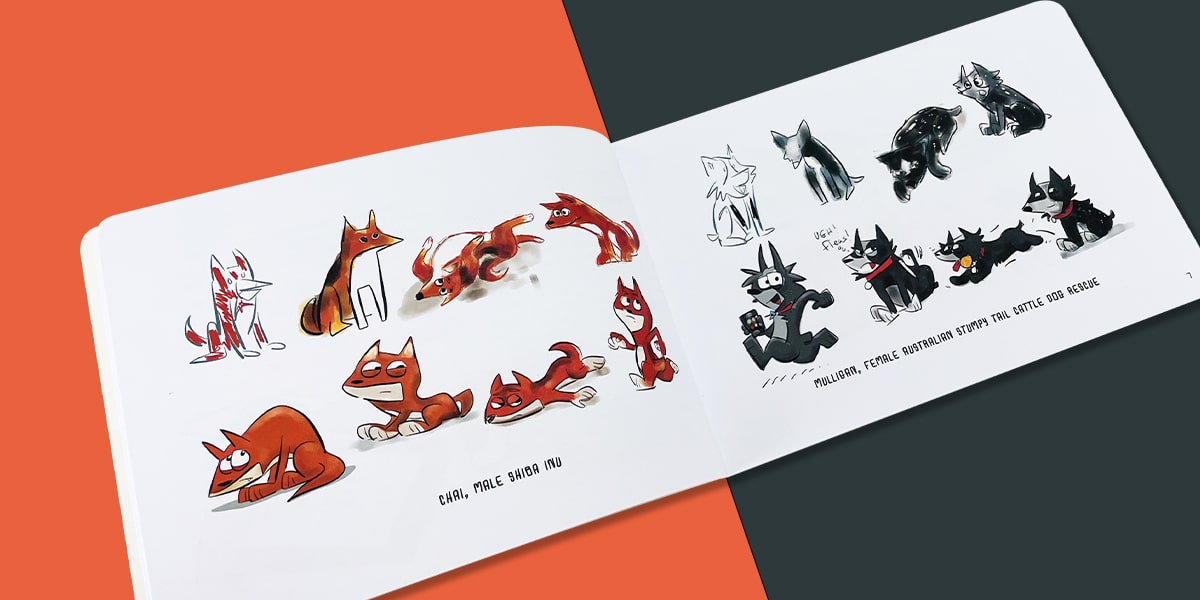
Manga style
Originating in Japan, manga style has become increasingly popular in the Western world where, as well as having spawned lots of imitations it's also merged and influenced and hybridized with a range of other western styles. It's largely characterized by its highly stylized aesthetic, combining fundamentally realistic proportions in its representations of human and other animal characters with exaggerated features, such as huge eyes and slightly oversized heads. These highly stylized figures are often set against backdrops of intricate more realistic landscapes and urban environments, and rather than the classic left-to-right “z” layout of the panels, manga plays with more dynamic and unusual layouts, frame shapes and gutter sizes. Manga style encompasses a wide range of genres, too, from action-packed shonen manga aimed at adolescent boys to emotionally driven shojo manga for the girls in the more mainstream and crime, mystery, drama, and fantasy across the board.
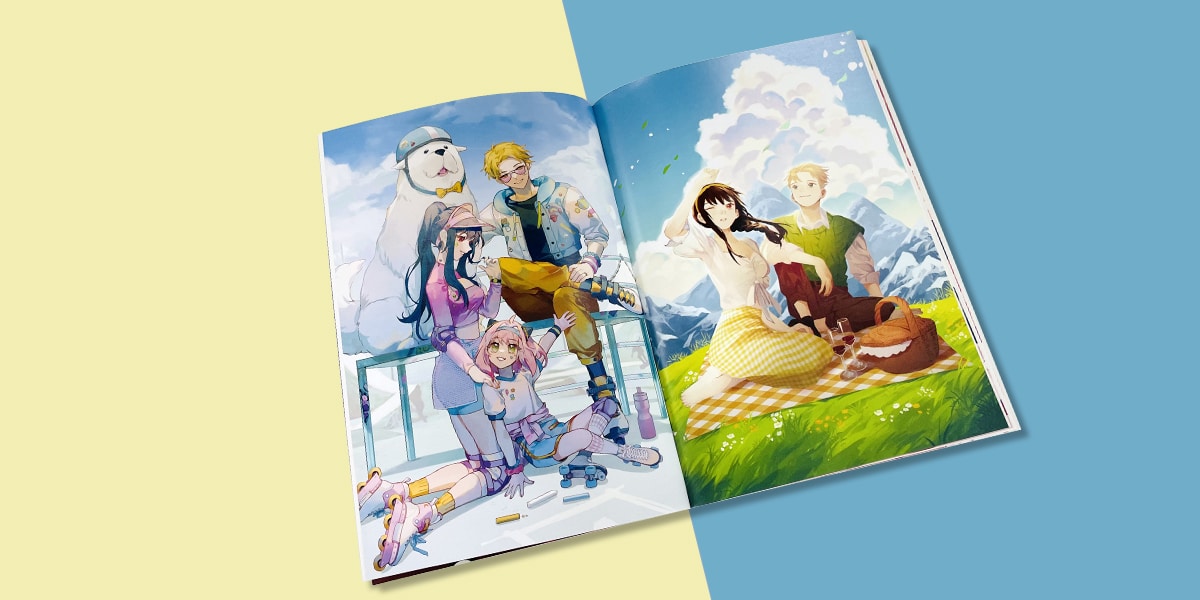
Western comic art style
Western comic art style, also known as superhero style, is the dominant style in mainstream American comics even today, although if you line up the covers of superhero comics from the 50s and 60s alongside those being produced today, you'll see huge changes in style and approach. But superhero style is still essentially characterized by dynamic poses, detailed anatomy, and realistic shading and rendering techniques along with an almost filmic use of perspective and distance. Several of the foundational characters of the style and genre have stood the test of time, although they have been reinterpreted and reinvented by different artists as each brings their own unique interpretation to iconic characters like Superman, Batman, Spider-Man, and Wonder Woman.
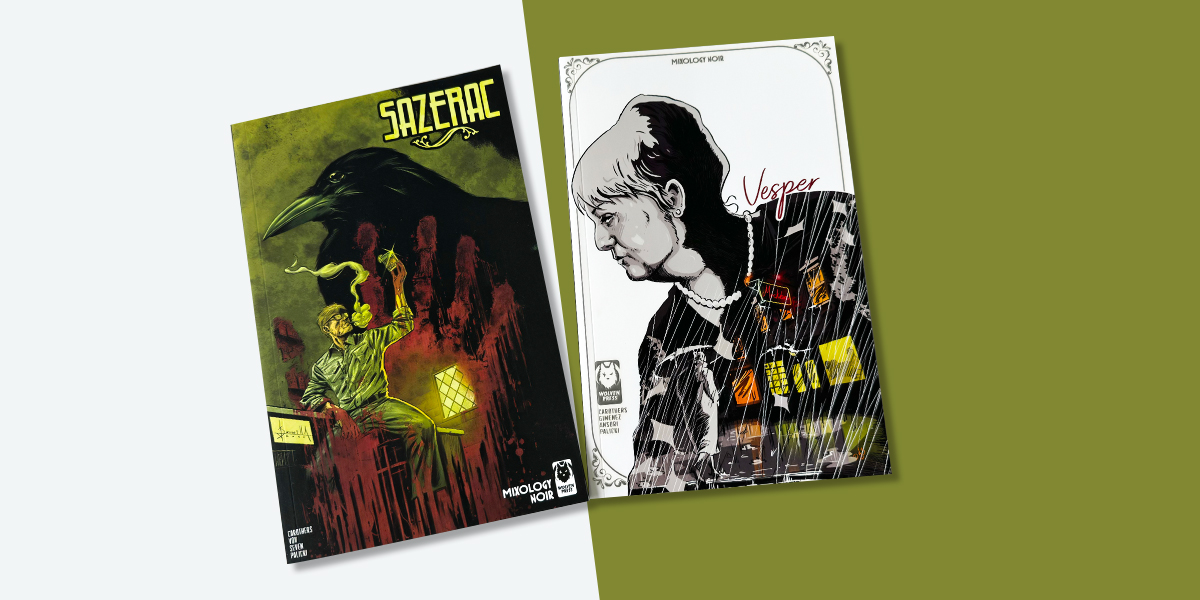
Geat comic book artists from around the world
Now we've looked at the history of comic book art and the three dominant contemporary trends in the most popular comic book art styles. So maybe it's worth zooming in a bit and mentioning several of the most influential comic artists, who have developed distinctive and popular styles of drawing and coloring comics. In the spirit of diversity and inclusion which exemplifies the best of the contemporary comic book community, we'll aim to introduce not only those famous American and British comic book artists, many of whom are household names, but also other influential and talented creators from around the world.
Jim Lee's art style
A Korean American, Jim Lee‘s comic art style is iconic in the superhero genre (he's the creative head of DC Comics). Known for his work on X-Men, Superman, and Batman, Lee's style is characterized by his dynamic poses, intricate line work, and vibrant colors. His art is instantly recognizable and has inspired countless artists in the industry.
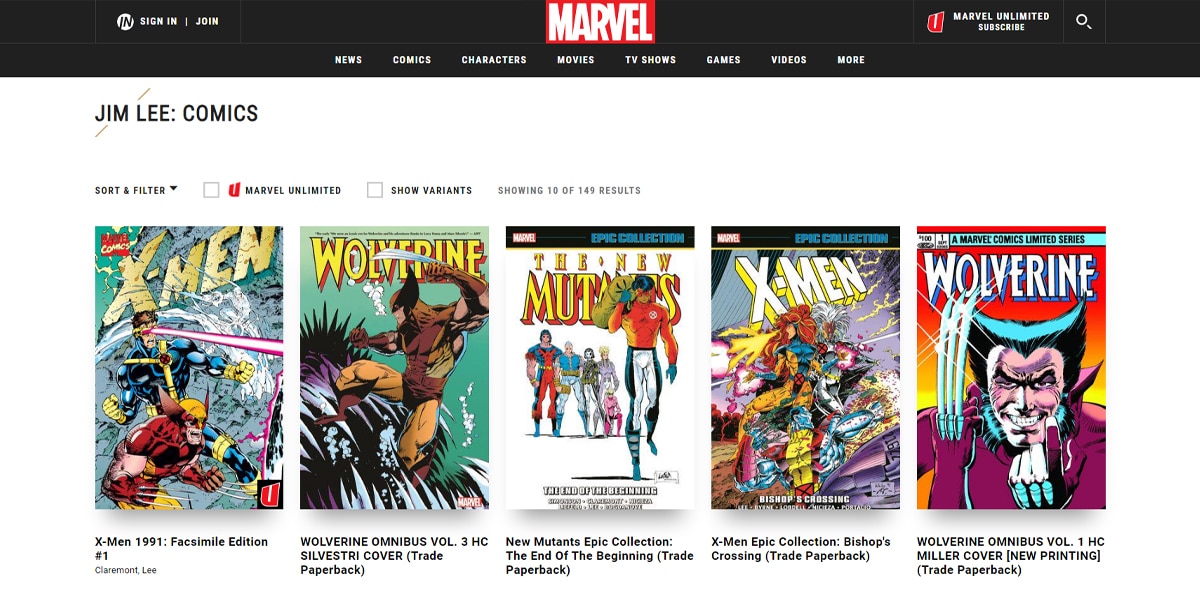
Juanjo Guarnido's art style
Best known for his award-winning work on the French-published noir series, Blacksad, Juanjo Guarnido's style combines realism with more traditional cartoon-like elements. Fluid lines, subdued coloring, and minute attention to detail lend each frame a distinctly fascinating quality which is all but impossible to resist.
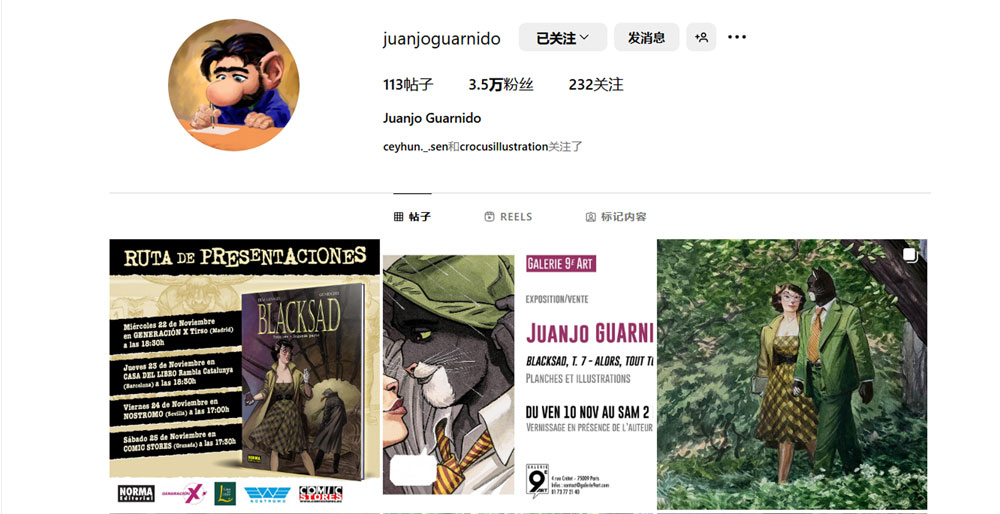
David Finch's art style
The Canadian comic book artist David Finch is known for his dark and dramatic art style, which has made him another prominent artist in the modern superhero genre. His meticulous attention to detail, strategic use of shadows, and bold line work contribute to a sense of depth and realism in his illustrations. David also teaches comic book art on YouTube and his website.
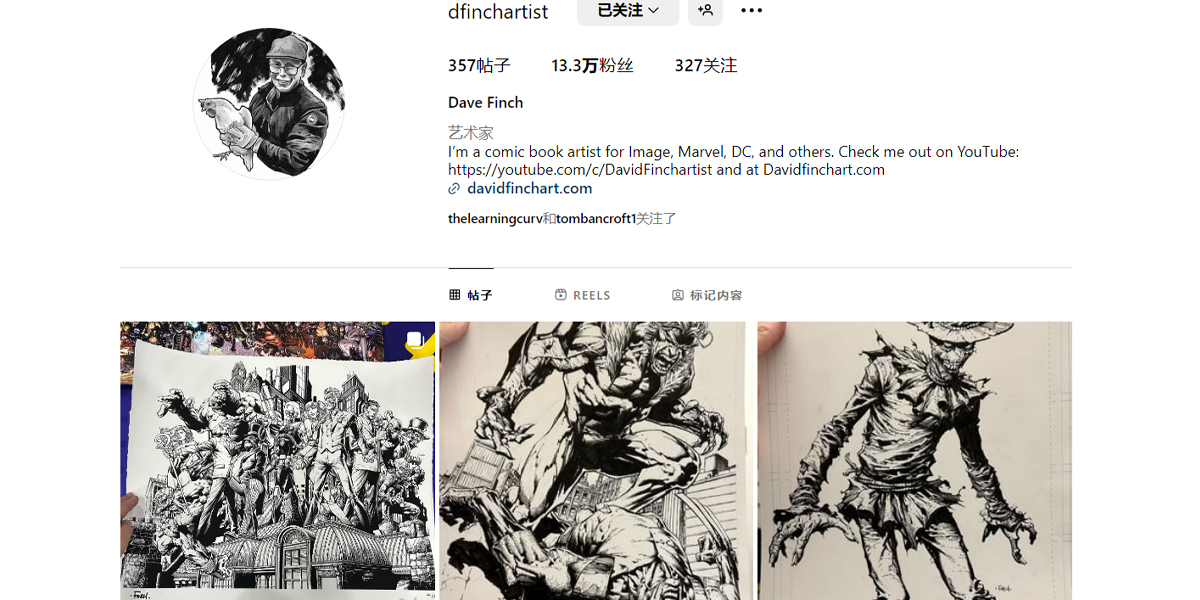
Marjane Satrapi's art style
The Iranian artist, Marjane Satrapi has won numerous accolades for her deeply individual and moving artwork and storytelling, including an Oscar nomination for the movie adaptation of her comic, Persepolis, which explores her experiences growing up in Iran during the 1980s. Her style is inspired by traditional Persian art forms, rendered in black-and-white with bold lines and a distinctive eye for composition.
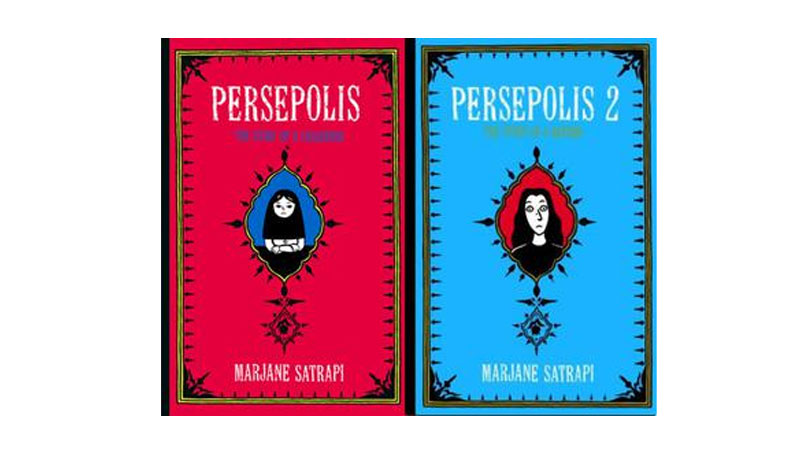
Book cover images used in accordance with Fair Use policy. Image source.
Greg Capullo's art style
Greg Capullo‘s art style combines grungy, detailed line work with a dynamic and expressive stylization. His characters are highly emotive, with nuanced facial expressions and body language that bring them to life on the page.
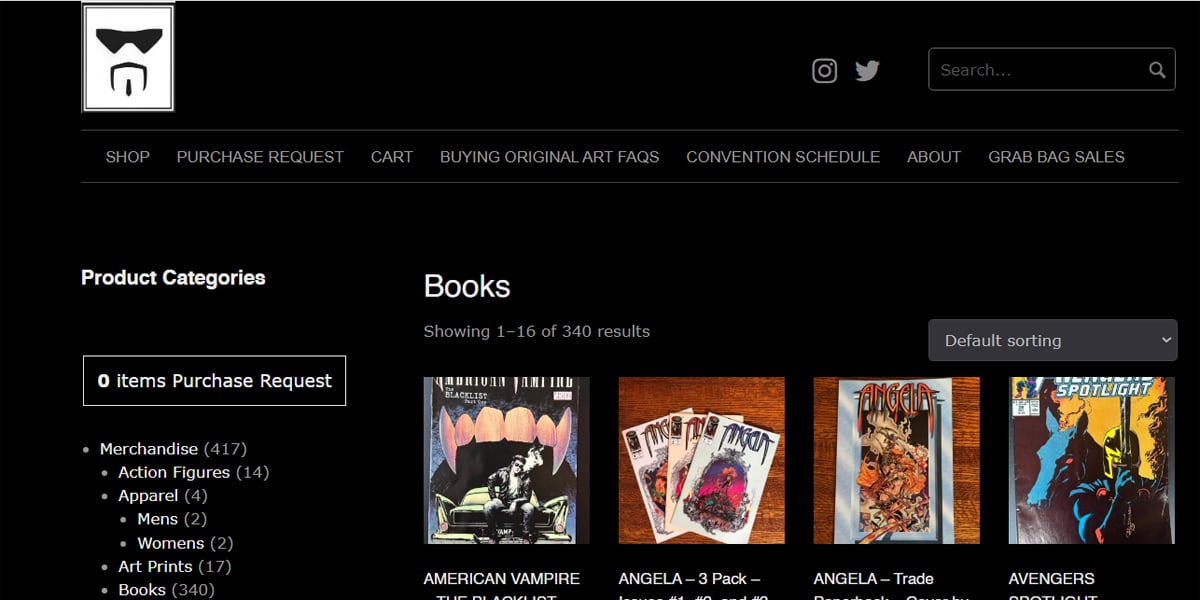
Kayla Shaggy's art style
A Diné and Anishinaabe comic creator, Kayla Shaggy‘s work is inspired by myths and legends and deploys heavy line drawing with bold, space-filling shapes to create an otherworldly feel which draws the reader into her psychological and cultural narratives.
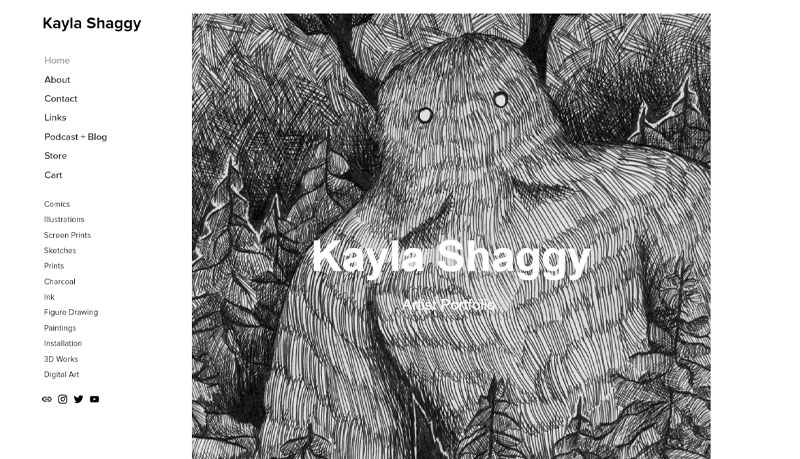
Mike Mignola's art style
Probably most famous for creating Hell Boy, Mike Mignola‘s art style is instantly recognizable for its distinctive use of shadows and silhouette. His dark and moody aesthetic, combined with his minimalistic line work, creates a haunting and often quite gothic atmosphere in his illustrations.
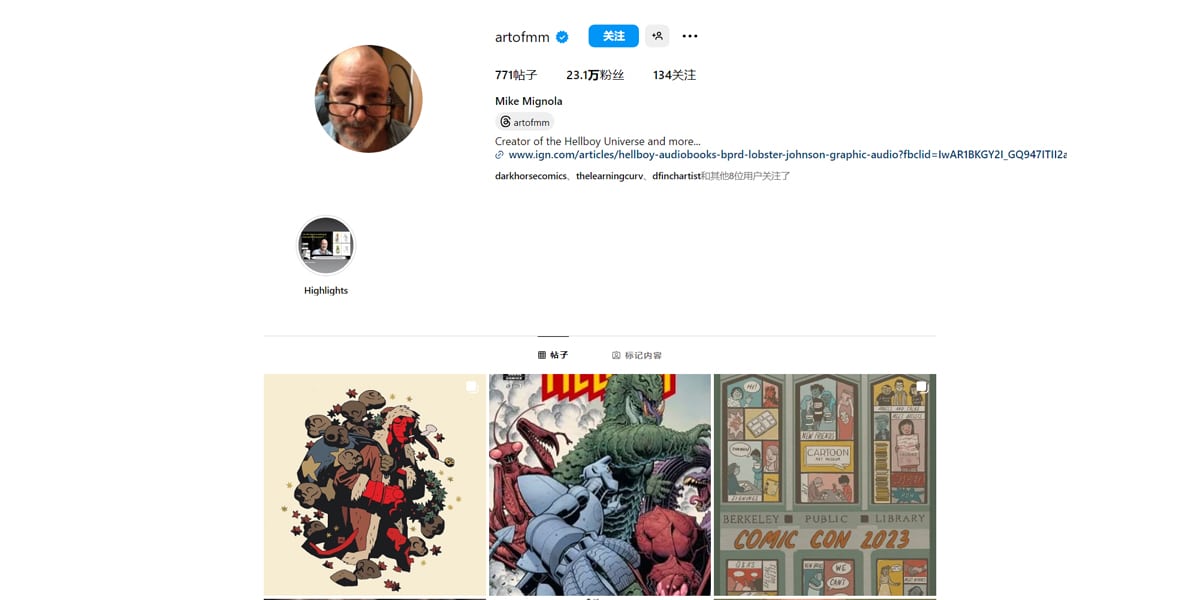
The above is just a very small selection to give you a taste of the range and diversity of modern comic book art styles. But the list could go on into the hundreds if not thousands. And new talented artists from all cultures and corners of the globe join the throng every day. In many ways, the answer to the question of what are the most popular comic book art styles gets increasingly difficult to answer: it all depends on who you ask. We think that's a good thing.
Developing a unique comic book art style
While it's important to draw inspiration from the artists you admire, developing your own unique style is essential not only to carve a niche for yourself and stand out in the crowded contemporary comic book industry, but also to establish your personal identity as an artist. As you study different art styles and techniques, we encourage you to experiment with combining elements from various artists to create a style that reflects your personality and artistic ambitions. This won't happen overnight. Cultivating a unique style takes time and practice. But we're convinced that there's no longer any need to feel constrained by history and tradition—although you can and perhaps should be inspired by them—and every freedom to create something truly original and personal to you. Allow your style to develop naturally as you continue to learn and grow as an artist. You'll slowly discover those aspects of your work that set you apart from others and you can continue to refine and enhance them. The creative process is infinite. There's never a point when you say, ‘Okay, I'm done.” And that's a beautiful thing!
So, to sum up, comic book art styles are diverse and ever-evolving, offering new generations of artists the freedom to express their creativity and tell whatever stories move and inspire them. And these days, the doors are wide open. The traditional gatekeepers have all but been dismissed. Everyone—regardless of age, sex, orientation, race, gender identity, cultural background, or economic status is invited to the party. What's not to love?
Let's talk!
If you're an indie author, comic artist, or a small press wanting to print a beautiful comic book — and only the finest product and unbeatable customer service will do — we should talk. Get in touch today to chat through your needs or to ask for a no-obligation quote. We can't wait to help you make your next comic the best!
Shoot us an email to [email protected] or call us at +1 951 866 3971 and we'll be delighted to discuss your needs.





